Hi everyone! Welcome to the last week of appetizers!
While I’ve been procrastinating my thesis, I’ve started watching YouTuber Lindsay Ellis, who made this video exploring why monsters (werewolves, that fishman from Shape of Water, vampires, etc.) have become romantic interests in movies. One of her main hypotheses is that marginalized folks, such as the LGBT community or immigrant groups, have sympathized with these monsters and monsters have evolved to be portrayed as more human to serve as allegories for those marginalized groups.
I don’t want you guys to watch that whole video unless you want to, and I also don’t want to just rehash what she says. However, after reading through Alice’s appetizer about the horror genre and how horrific bodies use the grotesque and Eve’s appetizer about how the bodies of giants affects their personalities and characters, I wanted to further explore how these “sympathetic monsters” have different bodies than the played-straight “scary monsters.”
I encourage you to look at the images in Alice’s appetizer, but if you don’t have time, I want to draw attention to the contrast between the Creature from the Black Lagoon and The Shape of Water.




Now onto just a list of monster designs:
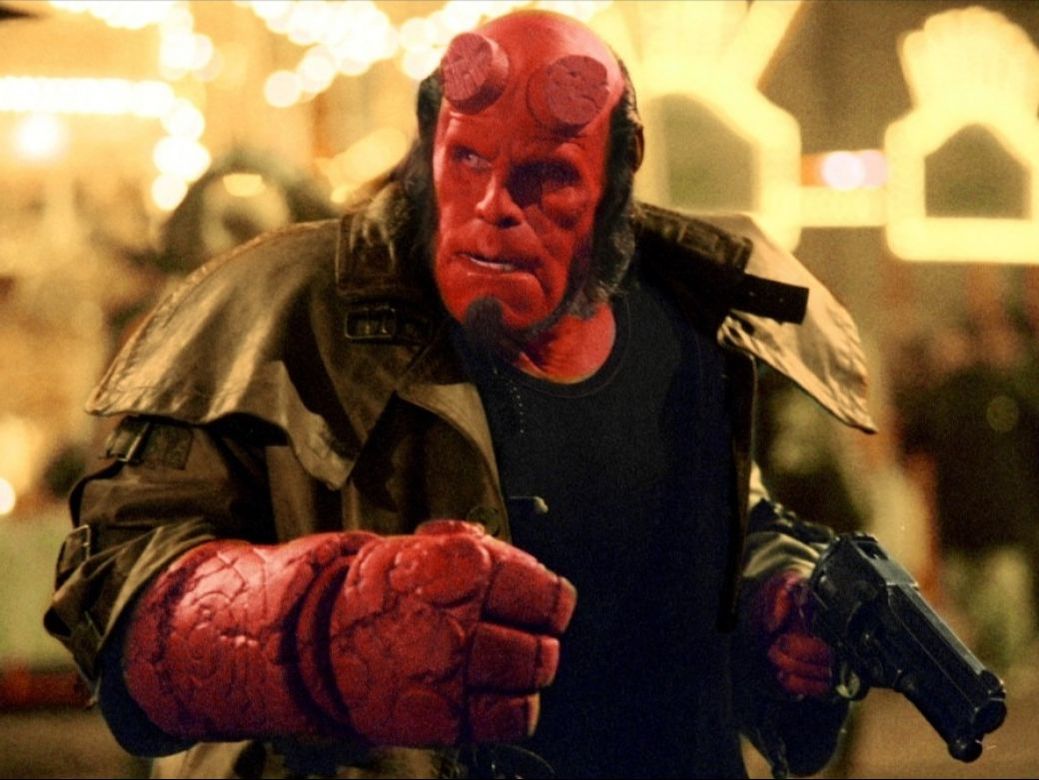
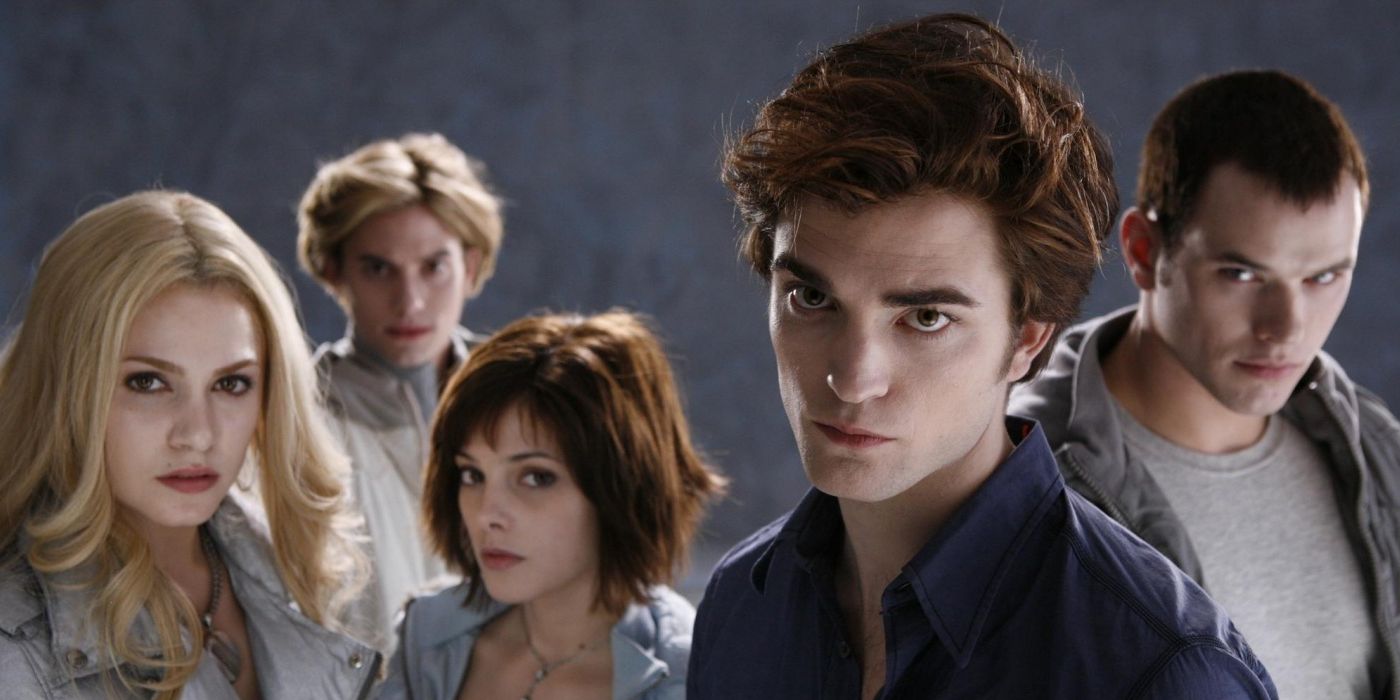


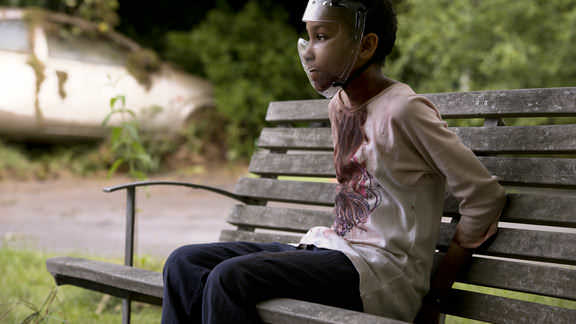


Guiding Questions:
- Look at the pictures in Alice’s appetizer and Eve’s appetizer and compare to the ones I’ve highlighted here (or just compare Shape of Water to Creature from the Black Lagoon). How are these sympathetic monsters different from those highlighted in Alice’s appetizer?
- Are these character designs still scary? Is it the monsters’ actions that make them sympathetic, rather than their body designs?
- Do you buy that these monster designs are allegories for the marginalized experience? Or are all these movies just jumping onto the paranormal romance trend?
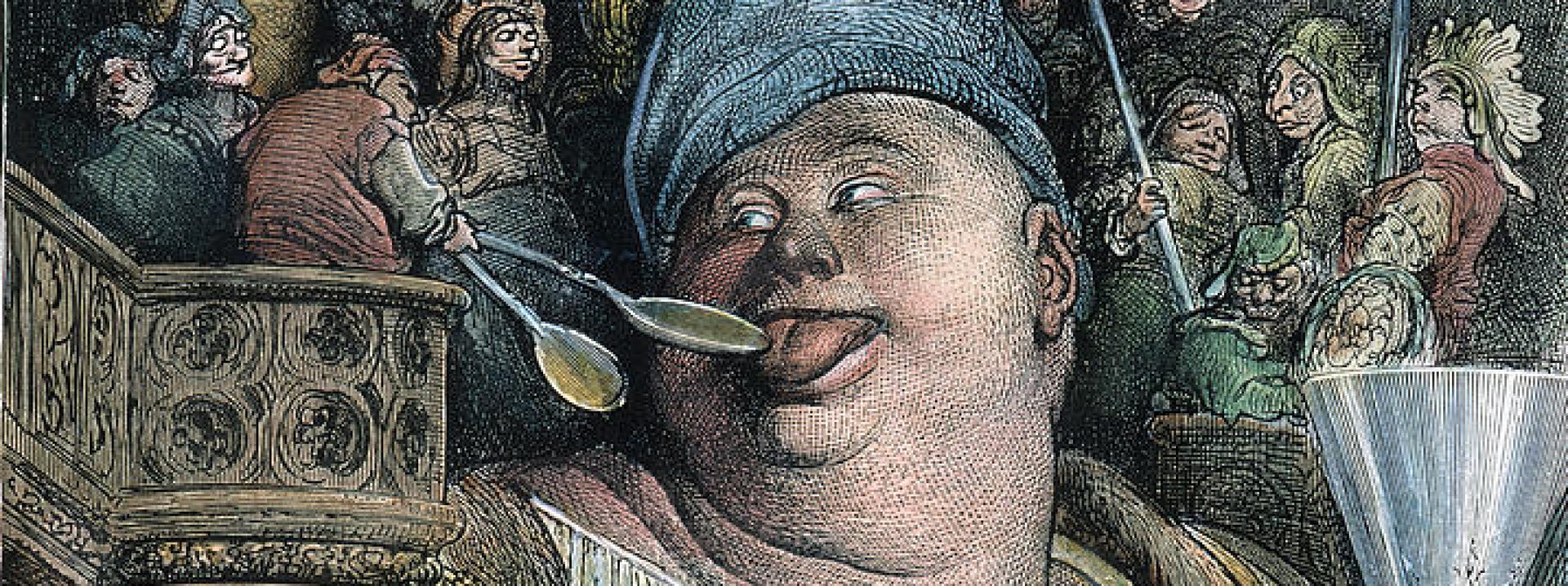
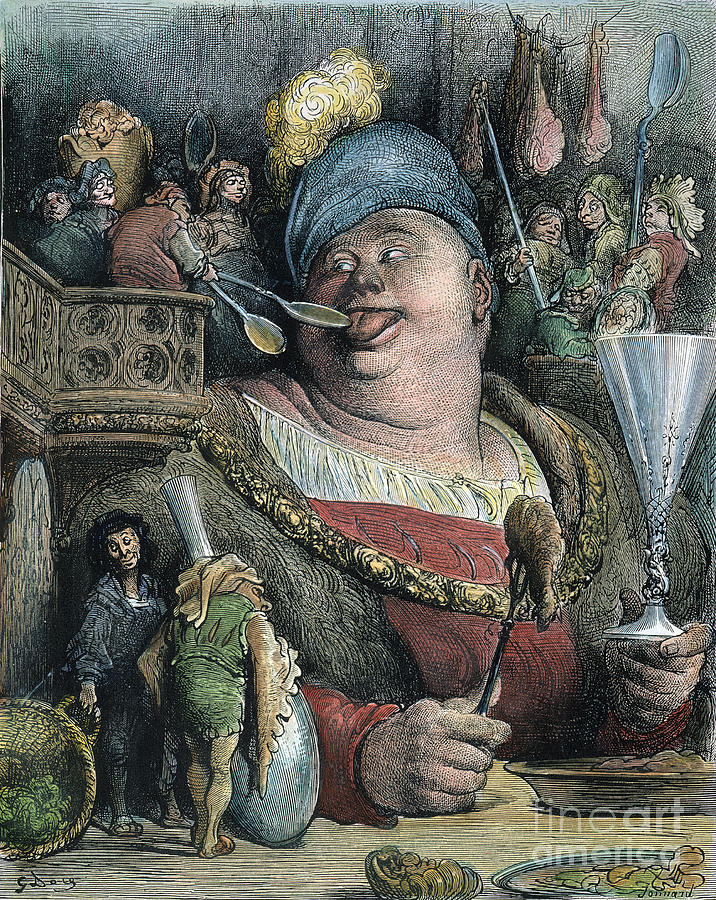
This is such a cool topic! Thanks for this!
Looking at the images you’ve provided, I find myself separating the monsters into two ‘camps.’ There’s the iZombie/Twilight/True Blood-style monsters, who fit conventional standards of hot-ness and whiteness through our contemporary cultural understanding, and the more traditionally-scary/monster-y figures. As an answer to your third question concerning these monster designs as allegorical of marginalized experience, I think this distinction is important. I find it hard to see Edward Cullen, for example, as a paragon of marginalization, but buy into this argument more concerning monsters like the Beast and Hellboy. I feel like there’s an element of “being misunderstood,” for lack of better words: in this way, the two “camps” feel sort of opposite. While all the monsters above are meant to intimidate or strike fear because of some sort of physical or behavioral (say, eating brains) anomaly, the twinkly Twilight vampires are not misunderstood or sympathetic in appearance because there appearance is, say, “normal,” or what one might expect from a human person. They just have a bloody behavioral quirk. Compare this to the Beast, a character whose appearance is abnormal, but behaves as any sensitive human might. I’m less familiar with characters like Hellboy, Melanie, and Christopher Johnson, but I would be curious to see if their ability to evoke the struggles of marginalized identities and communities is linked to their physicality versus embodied behavior.
I definitely agree with Allison in terms of the two camps. I think there are plenty of “monsters” who are far too conventionally attractive to be actually marginalized, but their actions also make a difference. (Small disclaimer, I have only seen Beauty and the Beast out of all of these, though I’m familiar with most, so correct me if I make the wrong assumptions.)
To focus on the second question, I think that monsters can definitely be scary just because of their appearance, but their actions are one of the biggest ways to make the audience sympathize. The other way is with human emotions shown on the face; even when there are bizarre features, happiness/sadness/love/hate shown on a face is always expressed in a human way, and we can relate to that. The Beast can always convey human emotion through a still human face, and especially eyes. A lot of these monsters can still convey human emotion in their face, and I think that is what doesn’t make them as scary. This humanization of them makes monsters more closely related to a marginalized group; it’s easier to find common ground with someone who has the same obvious feelings and expression of loneliness/being an outcast as you do.
Agreed! This is so cool! I was thinking about how monsters’ appearances are scary typically because they contrast with the majority look like. They “stand out” or have something that disrupts the typical/assumed pattern of what someone/thing should look (this opens up a convo about what constitutes a monster but thats definitely a conversation for another day).
I also think that monsters tend to be considered being scary because of their actions rather than their appearances. “monsters” like ET are sympathetic, peculiar, and endearing. Mainly because their actions either are human-like or so un-human like that it evokes an emotional response from the viewer, “oh! it doesn’t know what its doing, thats so cute”/ “Aw, it’s just like my dog!!!’
While monsters who act in a “scary” or unpredictable way may evoke fear. You can’t predict their next move, and you can’t predict their behavior patterns. I feel like as humans its our nature to rely on social cues and how someone probably will act, however a monster becomes terrifying when it acts in contrary to this.
Thanks everyone for participating so far! I’ve had a lot of fun thinking about this question, and I’m glad that you guys are too.
I think we all agree that there are the monsters that are physically weird (Hellboy, Beast, Christopher Johnson, etc.) and there are the classically beautiful but behaviorally weird monsters (Twilight, True Blood, iZombie). Something I’ve been reflecting on since generating this distinction is that those beautiful but weird monsters have kind of an coming-out theme behind them. Like, Twilight is one of the most heteronormative, patriarchal pieces of media I’ve read, but there’s something a little gay about the fact that Edward has to hide who he is for most of his life, and when he finds someone he trusts enough to tell, they start dating.
Moving forward with the discussion, I was hoping we could focus on distinguishing what physical characteristics make a monster scary versus sympathetic (if there are any). In all of your responses, you mentioned that sympathetic behaviors/plights make a character relatable versus classically monstrous. I am wondering if character designers use any features to visually tell the audience whether or not a character is nice/bad. For example, looking at the Shape of Water vs Creature from the Black Lagoon, could you tell which one was supposed to be villainous vs a love interest just by looking at their designs?
Ok, my first instinct was to say yes of course you can tell the difference, but then as I was trying to explain the differences, I couldn’t find them. Perhaps because I haven’t seen the films this makes a difference, but regardless, I think that character design doesn’t play as much of a role at least between the Shape of Water and Black Lagoon.
To me, a love interest would have some human element: softness (of skin, hands, face) as well as human emotions. These creatures both have rather empty eyes, claws, gills, and other spiky bits on their bodies which speak to a warding off of people/love, not drawing in. I find the creature in Shape of Water easier to find softness in, but I think a lot of that has to do with the advanced animation rather than what seems to be a hard plastic mask in Black Lagoon. I guess I lean more towards actions than physical appearances creating a scary monster.
I also think that monsters who may be considered sympathetic have human-like characteristics. Their eyes move in a human pattern, they interact with the things around them in a way humans may. There’s always scenes where the monster doesn’t know what a bowl (or some other inanimate object) is and proceeds to clumsily toy with it. These human-like interactions make the monster endearing and makes you form a connection with the monster. I unsure if there are specific characteristics that are linked to this, but I think it’s about how the monster interacts with its surroundings. For example, from what I remember of Edward scissor hands he is so awkward and insecure that it makes the audience feel some type of sympathy with him.
On the other hand, I think that a lot of scary monsters are portrayed without human-like soul or emotions. Monsters that seem to be acting illogically or in a way you can’t anticipate make them seem devoid of empathy and that makes them scarier. I think theres a lot of examples of monsters that physically may not be scary but the way they move about and how they interact with the world around them that makes them scary.
I think there’s an element of expressing vulnerability or emotions like fear, hurt, or sadness that further humanizes a monstrous character. It makes something less scary to see that it can be scared, I think. I’m not entirely sure why “negative” (excluding, like, anger) emotions create a sense of humanity, but I think it’s definitely true to see someone or something in pain has an impact on one’s sympathies. I find myself thinking about monsters in video games where the objective is to fight or otherwise destroy them — a task made much easier if the creatures do not cry out or react with hurt to your actions. There’s definitely something humanizing about pain, and I wonder how this plays into our conversation more broadly about marginalization and identifying with monstrous characters: if one carries identities in their life that force them to experience hurt in society, I wonder if there is an element of association with characters who may also hurt, but whose hurt is ignored unless explicitly visible in cinematic context.
I think this is exactly why I didn’t react to the Creature from the Black Lagoon in the same way; he seems very static, very much like a bad guy coming to get you, versus other monsters which are dynamic and emotional. Though I think that the kind of pain matters, and it has to be *emotional* pain (there are lots of monsters who get stabbed and make some horrible scream before dying or running away.) I think this is what would make them more relatable; a marginalized creature who is hurt by that isolation from society.
I want to thank everyone for all the time and wonderful thought you’ve given me on my last appetizer. I thought this was a really interesting topic and I’m really glad that talking with you guys has helped me think about and put into words why monsters can be scary but also relatable.
I think a really big take away from this discussion is that monsters are sympathetic when they don’t exist in a vacuum. When we can see their interactions with people and the environment and we can see their gentle/loving/silly sides, we latch onto them, even if their designs are scary. It is even easier for monsters to be read as relatable if their body language/faces express vulnerability, curiosity, or joy.